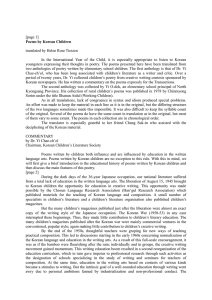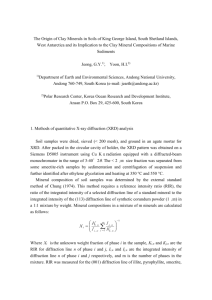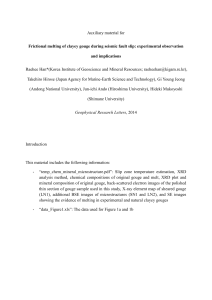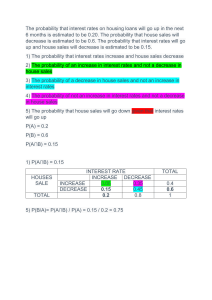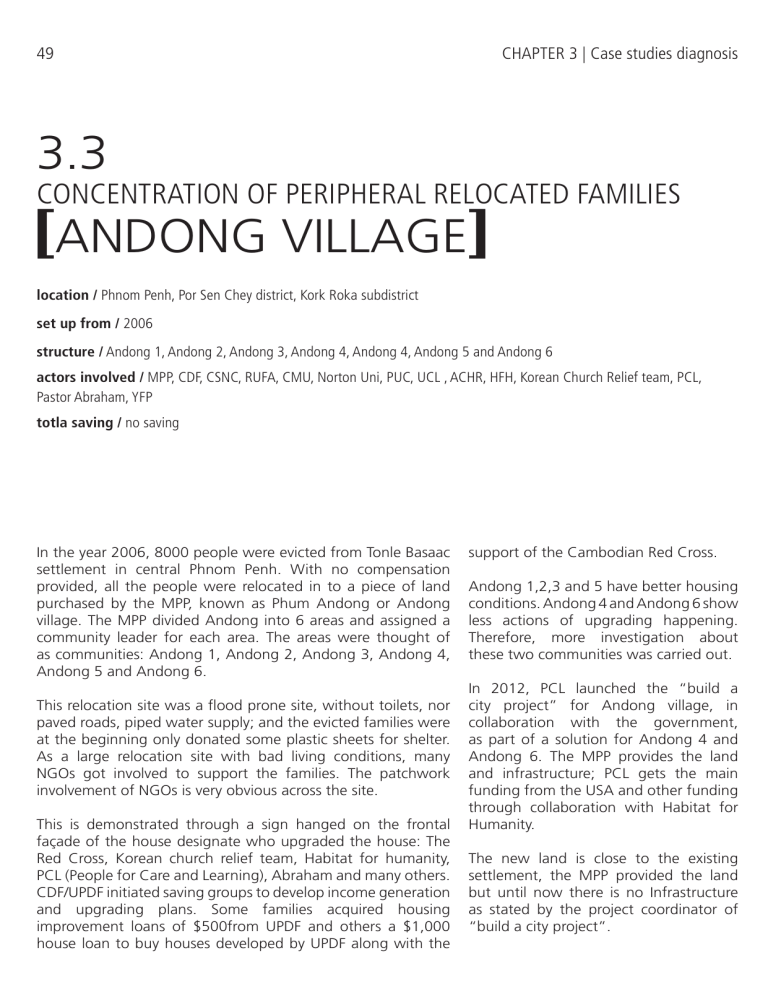
49 CHAPTER 3 | Case studies diagnosis 3.3 CONCENTRATION OF PERIPHERAL RELOCATED FAMILIES [ANDONG VILLAGE] location / Phnom Penh, Por Sen Chey district, Kork Roka subdistrict set up from / 2006 structure / Andong 1, Andong 2, Andong 3, Andong 4, Andong 4, Andong 5 and Andong 6 actors involved / MPP, CDF, CSNC, RUFA, CMU, Norton Uni, PUC, UCL , ACHR, HFH, Korean Church Relief team, PCL, Pastor Abraham, YFP totla saving / no saving In the year 2006, 8000 people were evicted from Tonle Basaac settlement in central Phnom Penh. With no compensation provided, all the people were relocated in to a piece of land purchased by the MPP, known as Phum Andong or Andong village. The MPP divided Andong into 6 areas and assigned a community leader for each area. The areas were thought of as communities: Andong 1, Andong 2, Andong 3, Andong 4, Andong 5 and Andong 6. This relocation site was a flood prone site, without toilets, nor paved roads, piped water supply; and the evicted families were at the beginning only donated some plastic sheets for shelter. As a large relocation site with bad living conditions, many NGOs got involved to support the families. The patchwork involvement of NGOs is very obvious across the site. This is demonstrated through a sign hanged on the frontal façade of the house designate who upgraded the house: The Red Cross, Korean church relief team, Habitat for humanity, PCL (People for Care and Learning), Abraham and many others. CDF/UPDF initiated saving groups to develop income generation and upgrading plans. Some families acquired housing improvement loans of $500from UPDF and others a $1,000 house loan to buy houses developed by UPDF along with the support of the Cambodian Red Cross. Andong 1,2,3 and 5 have better housing conditions. Andong 4 and Andong 6 show less actions of upgrading happening. Therefore, more investigation about these two communities was carried out. In 2012, PCL launched the “build a city project” for Andong village, in collaboration with the government, as part of a solution for Andong 4 and Andong 6. The MPP provides the land and infrastructure; PCL gets the main funding from the USA and other funding through collaboration with Habitat for Humanity. The new land is close to the existing settlement, the MPP provided the land but until now there is no Infrastructure as stated by the project coordinator of “build a city project”. 50 figure3.3.1_map of localization of Andong village. Once the land and infrastructure is ready, PCL collaborating with a Philippine construction company will start building the PCL housing prototype and families of Andong 4 and 6 will be relocated there. Each family will have a house certificate without a land title (as it is owned by the MPP), with the policy that restricts any alteration of the house design for 5 years. PCL’ staffs carry out interviews with the community members in order to make sure their income does not surpass 30$ per month because it is a fixed criteria in order to be allocated a house. By 2014, the interviews have been done and PCL is waiting for the MPP to provide the land in order to start building. The future of these communities does not mention onsite upgrading as a solution. It is a second relocation that is imposed upon them. To Phnom Penh center To Phnom Penh center Tonle Basaac was one of the first and largest squatter settlements in Phnom Penh. Attempts have been made to upgrade the area also land-sharing plans have been proposed. The prime location of these settlements has lead to the evictions of the families for the construction of a casino and other government projects. Andong 4 Andong 4 Andong 6 Andong 6 figure3.3.2_localization of Andong village. 51 CHAPTER 3 | Case studies diagnosis figure3.3.3_Andong village timeline figure3.3.4_Andong 6 figure3.3.5_Andong 6 52 figure3.3.6_PCL houses section figure3.3.7_PCL houses plan 53 CHAPTER 3 | Case studies diagnosis Family 6 members (Average) 20 m2 Too small + Too hot = Bad living conditions figure3.3.8_relocation to PCL hosues figure3.3.9_Andong 6 The challenges that Andong 4 and 6 communities face can be summarized as follows: 1. The communities are not organized: The community leaders are selected by the MPP and not by the community members, which is a major reason for mistrust and disturbance of decision-making. There is no collective savings or awareness of the importance of savings. To resist the relocation to the new PCL houses it is necessary for the communities to be organized and have a sense of collective will to do onsite upgrading, if not they will be relocated again to a new house that is described by the community members as “a house that does not fit the family members, the ceiling is low and it is really hot”. 2. The problematic external support: The history shows that The community leader of Andong 6 showed more will to organizing the community, he participated in all meetings and exercises carried out during the workshop. On the other hand, the community leader of Andong 4 participated in one official meeting held in the office of Por Sen Chey district. there is no transparency in the work of these multiple NGOs in Andong village. The communities are threatened a second eviction to the PCL houses. The people are not engaged with the housing design and they cannot alter the design for 5 years, this shows the “build a city project” does not have as a focus the people. Some families in Andong 4 expressed their will to resist the relocation to the PCL houses, one of the interviews carried out in Andong 4 with a woman showed the urge to resist the relocation to the PCL houses. To end with, the number of external associations involved is great yet without an existing network between them to solve the bigger picture of the Andong village settlements so the future they visualise for these communities is vague without a unified vision. 54 figure3.3.10_PCL houses section figure3.3.12_questioning the vision figure3.3.11_PCL houses plan

